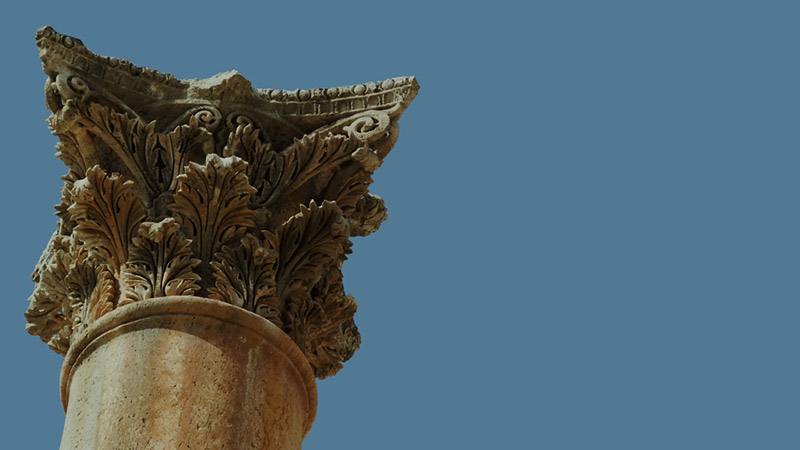More Results
Showing 12 of 95
Articles

Shephelah
ShephelahThe Hebrew Bible mentions the Shephelah several times. This word, meaning "low," is usually translated "lowlands" or "foothills." The term refers to a 12- to 15-mile-wide region in Judea. Though the Israelite...
MORE
Standing at the Crossroads
GezerTravel to Gezer, and learn what it means to stand at the Crossroads.Gezer is one of the greatest tels in Israel. To stand on this magnificent tel is to stand on a part of history that existed as many as 3,000 years before our Messiah walked t...
MOREEncyclopedia

Shepherds
Shepherding was a way of life for biblical people. Abraham, the father of the Jews, was a shepherd, as was Moses, the great lawgiver (Ex. 3:1), and David, the king who established Israel's national identity (1 Sam. 17:28).As the land was settled, ...
MORE
Soreq/Temple Courts
The SoreqThe Soreq was a five-foot-tall stone wall that surrounded the inner courts of the consecrated temple area and was designed to keep Gentiles and other "unacceptable" people out of the inner courts. Gentiles could not pass the Sor...
MORE
Standing Stones
Sacred StonesLong before the Israelites entered Canaan, pagans in the Middle East erected sacred stones to honor their gods, to declare covenants and treaties between cities, or to honor an important event that could only be explained by the super...
MORE
Temple Events
A Chronology of Temple Events Approx. 2,000 BC: Abraham was sent to the Moriah area to sacrifice Isaac. Jerusalem was later built on the mountain named Moriah.Approx. 1,000 BC: David captured the Canaanite city of Jebus (2 Sam. 5:6-7) and named it...
MORE
The Altar at Megiddo
After reaching the Promised Land, the Israelites were commanded by God to destroy the Canaanite high places (Num. 33:52) so that they would not be tempted to blend worship of the false gods of the land with the worship of Yahweh, the one true God....
MOREGlossary

Shephelah Definition
Hebrew word for "lowlands." It refers to the area between the Judea Mountains and the coastal plain where the Israelites and Philistines met.
MORE
Sinai Peninsula Definition
Peninsula south of Israel. Mount Sinai, where Moses received the Ten Commandments, may be located here. The Israelites wandered here for 40 years.
MORE
Syncretism Definition
Combining different forms of belief or practice. The Israelites practiced syncretism when they tried to worship both God and Baal.
MORE
Tabernacle Definition
Means "dwelling place." It was a special tent where the Israelites worshiped God. It is sometimes called the Tent of Meeting. It was the place where God would meet his people.
MORE
Table of Showbread Definition
Table that stood in the holy place of the tabernacle and temple, outside the Holy of Holies. Priests placed the bread of the Presence (Ex. 25:30), or showbread, on it. The bread symbolized the Israelites' commitment to give the Lord the results of...
MORE

















